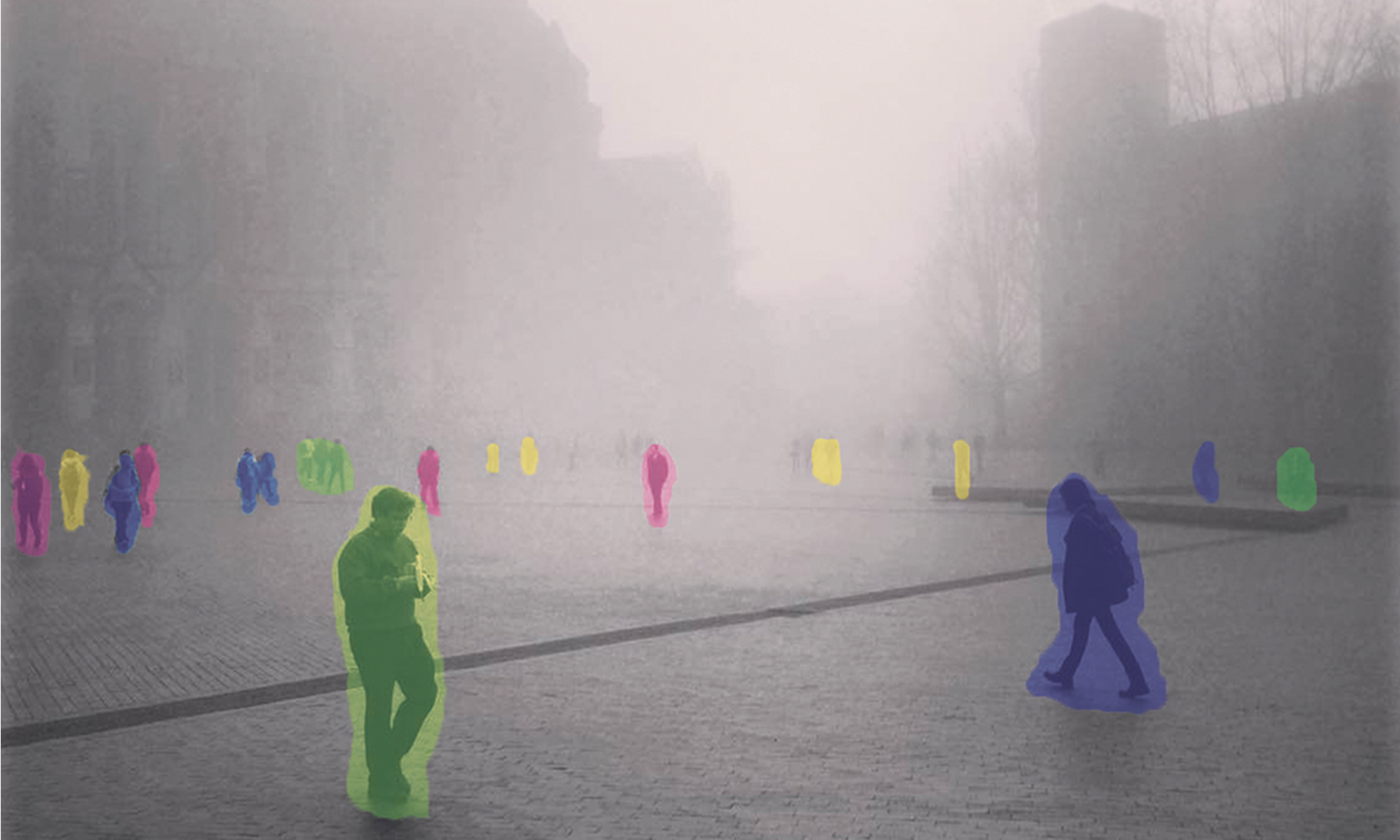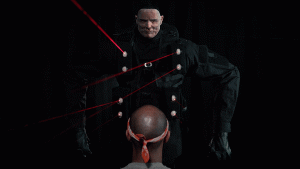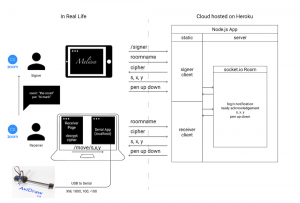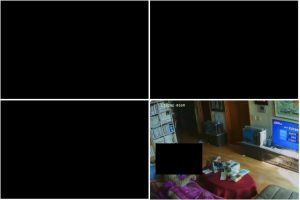Asleep with One Eye Open is an interactive sculpture. It visualizes police surveillance through a visceral form factor that combines new technologies such as facial recognition and robotics with age-old motifs such as spiders and puppetry.
Daniel Johnston, Kevin He, Todd Whitney
Description
Conversations and public understanding of police surveillance are clouded by the fact that surveillance is an abstraction for most. Even as surveillance reaches into all aspects of our lives, our conversations about its impact on our well being are understated.
Police are one of the most powerful surveillance agents in American society. Under public pressure over recent years, American police have started using body worn cameras (BCWs) and touting them as great transparency tools between police and the public. However, their use of BCWs raises new issues over who controls the images, when and how the cameras should be operated, should the cameras detect faces, etc.
We've used these questions to create an interactive sculpture that questions police power, surveillance, and our ability to confront these powers. Suspended from the ceiling, the humanoid sculpture dons a police tactical uniform draped with four BCWs. Its initial focal point is the realistic 3D printed face, generated with machine learning fed on the faces of American police union leaders. As the audience investigates the face they unwillingly create a threat to the sculpture and it responds. The body cameras open up, revealing themselves to be animatronic eyes that converge on the viewer. Even as you try to escape, the infrared eyes on the body cameras make it known that you can't avoid its gaze once you've been seen.
The sculpture is the first step in a larger installation about surveillance. By combining new technologies such as facial recognition and robotics with age-old motifs like spiders and puppetry, Asleep with One Eye Open creates visceral feelings and perspectives on surveillance that lets the viewer know that they cannot escape once the eyes have been centered on them.




